40 hazard color codes
OSHA and ANSI Safety Colors | Graphic Products OSHA and Safety Colors. OSHA outlines two broad requirements for safety colors in its standard for safety color codes (29 CFR 1910.144). The standard maintains that red and yellow must be used for marking physical hazards. Red must be used for fire-related hazards, as well as emergency switches, bars, and buttons on hazardous machines. NFPA 704 Chemical Storage Color Codes - ThoughtCo The scale runs from 0 (no hazard) to 4 (severe hazard). Special White Codes The white area may contain symbols to indicate special hazards: OX - This indicates an oxidizer that allows chemical to burn in the absence of air. SA - This indicates a simply asphyxiant gas. The code is limited to nitrogen, xenon, helium, argon, neon, and krypton.
Color Coded Labels for Chemical Storage and Segregation The first step is to assign color codes to Location or SDS records and then print the labels either from location or container module. 1. Assign color codes One or multiple color codes can be assigned to a location or an SDS record. Select the Search button next to the field in order to open the color code list and assign the codes. 2.

Hazard color codes
Safety Color Code for Marking Physical Hazards | UpCodes Red lights shall be provided at barricades and at temporary obstructions. Danger signs shall be painted red. 1910.144 (a) (2) [Reserved] 1910.144 (a) (3) Yellow Yellow shall be the basic color for designating caution and for marking physical hazards such as: Striking against, stumbling, falling, tripping, and "caught in between." Color Codes for Workplace Signs - Asert Safety Red- Universally recognized for identifying the most serious hazards, red signifies "danger" and is meant for fire hazards, fire equipment, danger signs, emergency stop switches, flammable containers and liquid, confined spaces and construction hazards. Orange- Orange identifies machines that can crush, cut, shock or injure workers. Safety Color Code for Marking Physical Hazards - markal.com Yellow - Yellow shall be the basic color for designating caution and for marking physical hazards such as: Striking against, stumbling, falling, tripping and "caught in between." How color is perceived Light is made up of wavelengths, which fall along various parts of the spectrum and thus, appear to be different colors.
Hazard color codes. Know your OSHA and ANSI safety color codes for all hazards Fluorescent Orange/Orange-Red = Biological Hazard. These signs and tags have lettering or symbols in a contrasting color (usually black). This color designates infectious agents and wastes that pose a risk of death, injury, or illness. Fluorescent Yellow-Orange triangle with Dark Red border These signs designate slow moving vehicles. What are OSHA Color Codes? - Safety Sign For the identification of specific physical hazards including falling, tripping, and striking, and for designating caution. In OSHA standard 1910.145, specific colors are not mandated for use on accident prevention tags, but these colors are recommended: Red: for danger tags. Yellow: for caution tags. Orange: for warning tags. GHS Classification - PubChem 1. Globally Harmonized System of Classification and Labelling of Chemicals (GHS Rev. 9, 2021) 2. UNECE GHS (Rev.8) (2019) 3. UNECE GHS (Rev.7) (2017) Note: This page provides the current GHS summary. Obsolete H-codes and P-codes are also provided, as they are still in use but annotated as obsolete. For more information, please see the References. OSHA Color Codes for Chemical Storage | SPC Industrial Here is a breakdown of OSHA-approved color-coding for chemical storage: [Red] Flammability is the ability of a chemical to burn or ignite, causing fire or combustion. [Blue] A Health Hazard is any chemical that can pose a threat to an individual's physical health. [Yellow] Instability hazards are susceptible to dangerous decomposition. [White ...
Safety Color Code|Benefits And Types Of Safety Color Code| Osha's recommended color code is given below: "DANGER" - Red, or predominantly red, with lettering or symbols in a contrasting color. "CAUTION" - Yellow, or predominantly yellow, with lettering or symbols in a contrasting color. "WARNING" - Orange, or predominantly orange, with lettering or symbols in a contrasting color. Reading the Emergency Response Guidebook (ERG) and color meanings White: This section shares general information on placards, rail cars, pipelines, and trailer identification. It also breaks down the classification of all hazardous materials. Yellow: The yellow section helps you identify the specific chemicals that are part of the incident. Each hazardous material has a 4-digit United Nations (UN) number. The Hex, RGB and CMYK Values That You Need - color codes These values can help you match the specific shade you are looking for and even help you find complementary colors. Looking for a different shade of yellow? Follow this link: Yellow Color Codes. Safety Yellow. PMS: 359 C. Hex Color: #ECE81A; RGB: (236,232,26) CMYK: (6,0,92,0) Weather.gov Help - Hazards Map The National Weather Service issues a variety of severe weather warnings, watches, advisories, and statements. These warnings, watches, etc. may be issued for a single forecast zone (usually one county or a part of a county) or for many forecast zones. The events are indicated on the map by different colors.
5 Colour Codes for Waste Disposal You Should Know Yellow Bags. Red Bags. Blue Bags. White Bins. Black Bins. 1. Yellow Bags. Yellow is one of the colour codes for waste disposal and it is a non-chlorinated plastic bag used for the collection of human and anatomical waste comprising of human tissues, organs, fetuses, amputated parts and placenta. What are the NFPA Color Codes? - Safety Sign The NFPA color codes are part of the NFPA 704 standard for the identification of hazardous materials. These color codes help emergency responders know about potential health, fire, and chemical instability issues. The NFPA 704 diamond sign used to display this information has four colored sections: blue, red, yellow, and white. 1910.144 - Safety color code for marking physical hazards ... Danger signs shall be painted red. 1910.144 (a) (1) (iii) Stop. Emergency stop bars on hazardous machines such as rubber mills, wire blocks, flat work ironers, etc., shall be red. Stop buttons or electrical switches which letters or other markings appear, used for emergency stopping of machinery shall be red. 1910.144 (a) (2) [Reserved] 15 Hazardous Substances Label Colour Based on HMIS - AZ Chemistry In order to be able to interpret the colour labe and the number it represents. 1. Number 0 The number 0 in blue color label shows the health risk of the substance to possess no significant effect to human. In other words, the numerical code 0 (zero) means the chemical does not contain any hazard that can harm human's health or is safe. 2. Number 1
Labels: OSHA Color Coding - Environmental Health & Safety Red - indicates (1) danger, (2) stop or (3) presence of fire protection equipment. Orange - marks the dangerous parts of machines or energized equipment which may cut, crush, shock or injure employees. Orange emphasizes these hazards when the guards or enclosures around them are open. Yellow - warns of physical hazards and means caution.
The color of safety | Safety+Health No immediate hazard. Trucks, rail cards and other containers must have placards attached indicating the hazard level of the container's contents. The meanings of various colors on these placards also are standardized: Red - combustible materials. Yellow - oxidizers. White - poison or toxic. Orange - explosives. Green - nonflammable gas
Hazardous Materials Identification System - Wikipedia Numerical hazard rating using colour coded labels. A sample HMIS Color Bar. The Hazardous Materials Identification System ( HMIS) is a numerical hazard rating that incorporates the use of labels with color developed by the American Coatings Association as a compliance aid for the OSHA Hazard Communication (HazCom) Standard.
OSHA Safety Color Codes | Legal Beagle The agency also has color codes for nonhazardous elements, for example, guiding traffic, first-aid stations or the presence of nonworking equipment. BUSINESS. Trademarks. DBAs. LLCs. ... OSHA. gov. 1910.144 - Safety Color Code for Marking Physical Hazards ; OSHA.gov: 1910.145 - Specifications for Accident Prevention Signs and Tags. ...
Safety Colors (OSHA Guidelines and Color Codes) | Creative Safety Supply Yellow - The color yellow is used for flammable liquids or gases. Brown - The color brown is used for any combustible liquids or gases. Orange -The color orange is for toxic and/or corrosive solutions. Red - The color red is for fire-quenching liquids or solutions. Green - The color green is used to label water pipes.
Safety Color Coding Labels and Tape - Quick Tips #202 - Grainger KnowHow The color(s) of the labels and tape identify the type of hazard, which helps the employee identify the level of severity. The intent is to reduce the possibility of accidents and injuries. OSHA outlines the color code for marking physical hazards in 29 Code of Federal Regulations (CFR) 1910.144. In applications where there are no specific OSHA ...
OSHA 1910.144 - Safety Color Code for Marking Physical Hazards Stop buttons or electrical switches which letters or other markings appear, used for emergency stopping of machinery shall be red. Yellow - Yellow shall be the basic color for designating caution and for marking physical hazards such as: Striking against, stumbling, falling, tripping and "caught in between." How color is perceived
Chemical Storage Color Codes | Environmental Health, Safety, and Risk ... Many chemicals come with the color code already on the label. If your chemical container is not color coded, check the SDS Hazards Identification section in the SDS. You may use colored tape, dots, or permanent markers to mark your container. If you cannot find the color code for a particular chemical, give us a call at x 6771, x5197 or x5617.
PDF What Colors Mark Hazards The following chart represents the color codes of both ANSI (Z535.1-1998) and OSHA. COLOR MEANING APPLICATION REDDanger Safety cans, signs. Stop Emergency stop bar or button on machinery. Identification of fire equipment. FLUORESCENT ORANGE, ORANGE-RED Biosafety Labels and containers for blood and infectious waste.
PDF Safety Color Code for Marking Physical Hazards -- OSHA Standard 1910.144 1 AE272 Safety Color Code for Marking Physical Hazards -- OSHA Standard 1910.144 1 Carol J. Lehtola, Charles M. Brown and William J. Becker2 1. This document is AE272, one of a series of the Agricultural and Biological Engineering Department, Florida Cooperative Extension Service, Institute of
Safety Color Code for Marking Physical Hazards - markal.com Yellow - Yellow shall be the basic color for designating caution and for marking physical hazards such as: Striking against, stumbling, falling, tripping and "caught in between." How color is perceived Light is made up of wavelengths, which fall along various parts of the spectrum and thus, appear to be different colors.
Color Codes for Workplace Signs - Asert Safety Red- Universally recognized for identifying the most serious hazards, red signifies "danger" and is meant for fire hazards, fire equipment, danger signs, emergency stop switches, flammable containers and liquid, confined spaces and construction hazards. Orange- Orange identifies machines that can crush, cut, shock or injure workers.
Safety Color Code for Marking Physical Hazards | UpCodes Red lights shall be provided at barricades and at temporary obstructions. Danger signs shall be painted red. 1910.144 (a) (2) [Reserved] 1910.144 (a) (3) Yellow Yellow shall be the basic color for designating caution and for marking physical hazards such as: Striking against, stumbling, falling, tripping, and "caught in between."
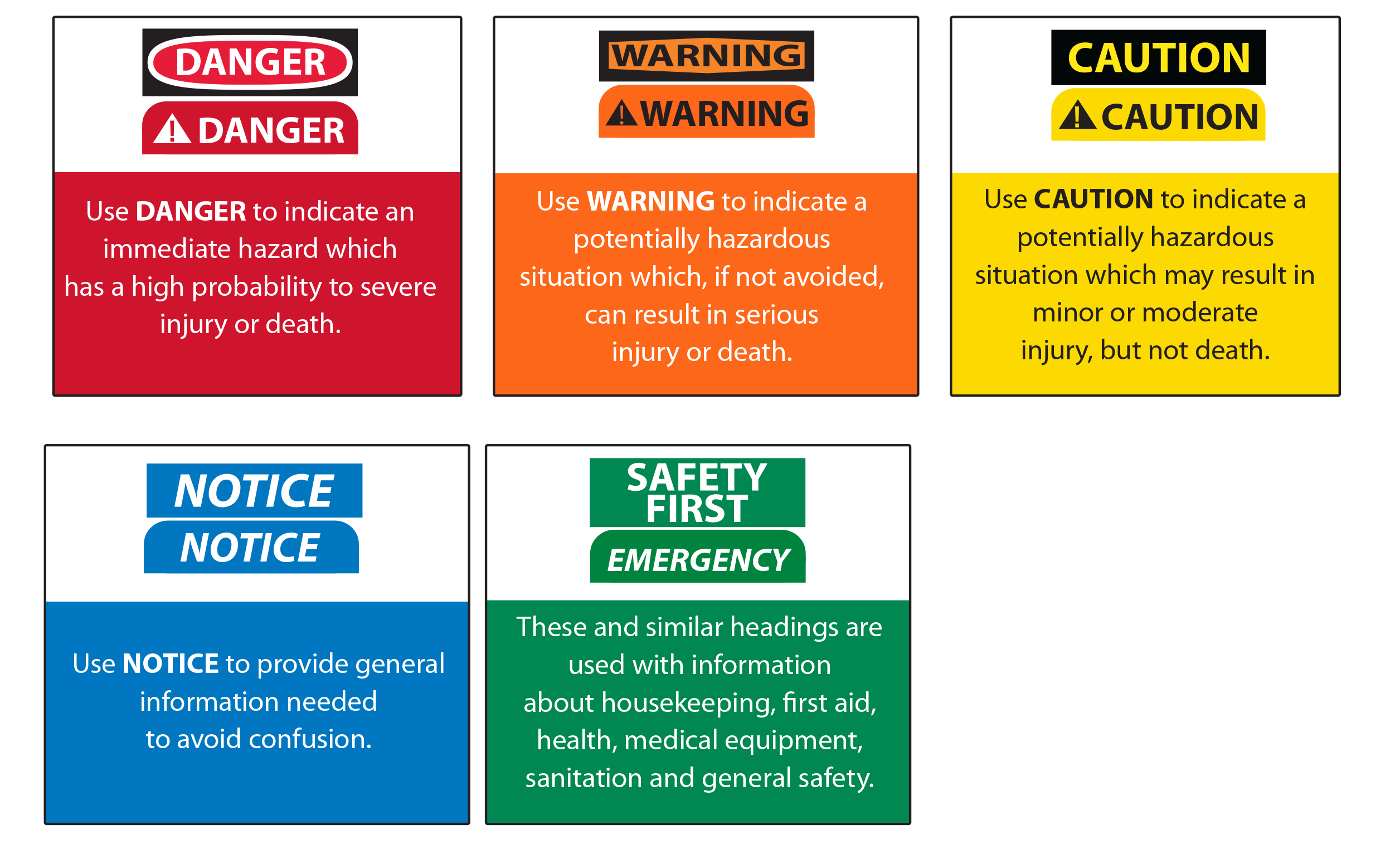


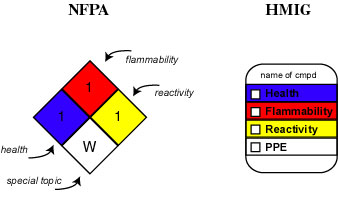



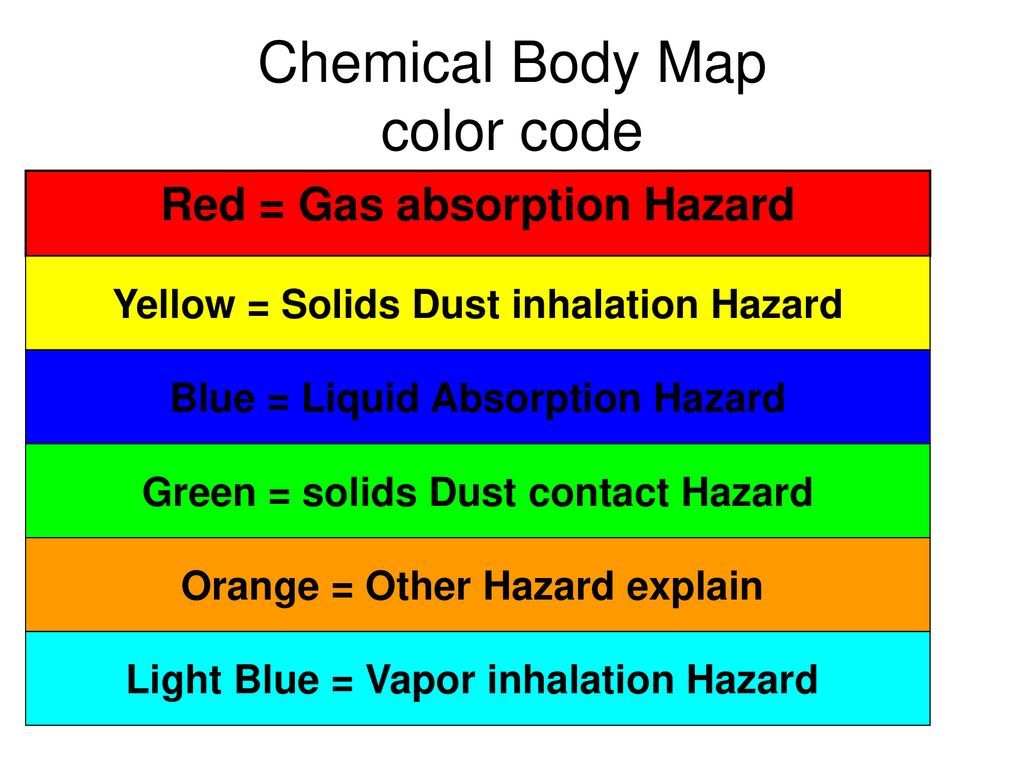


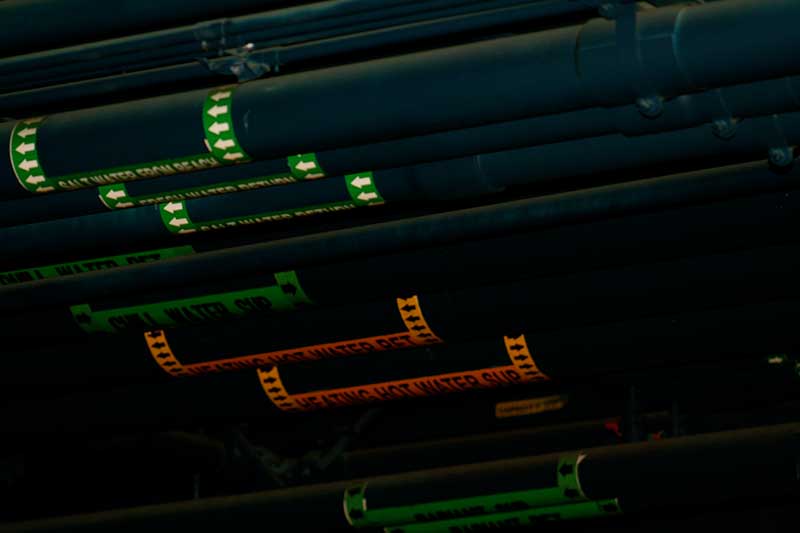

.png)







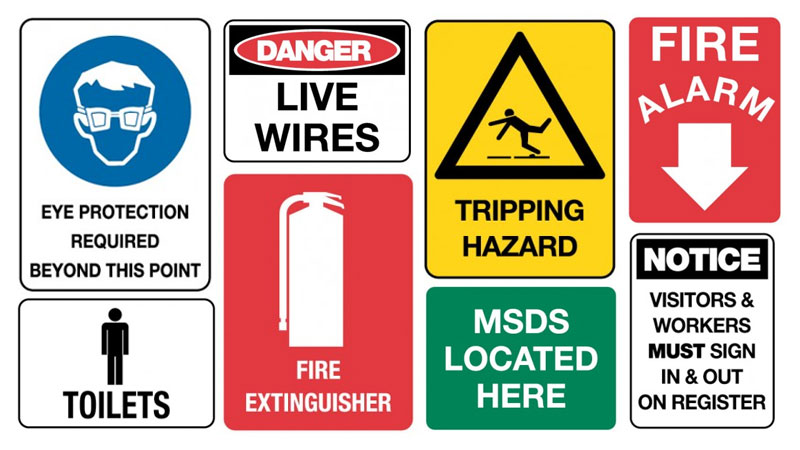





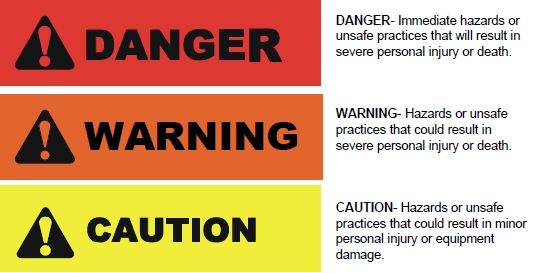



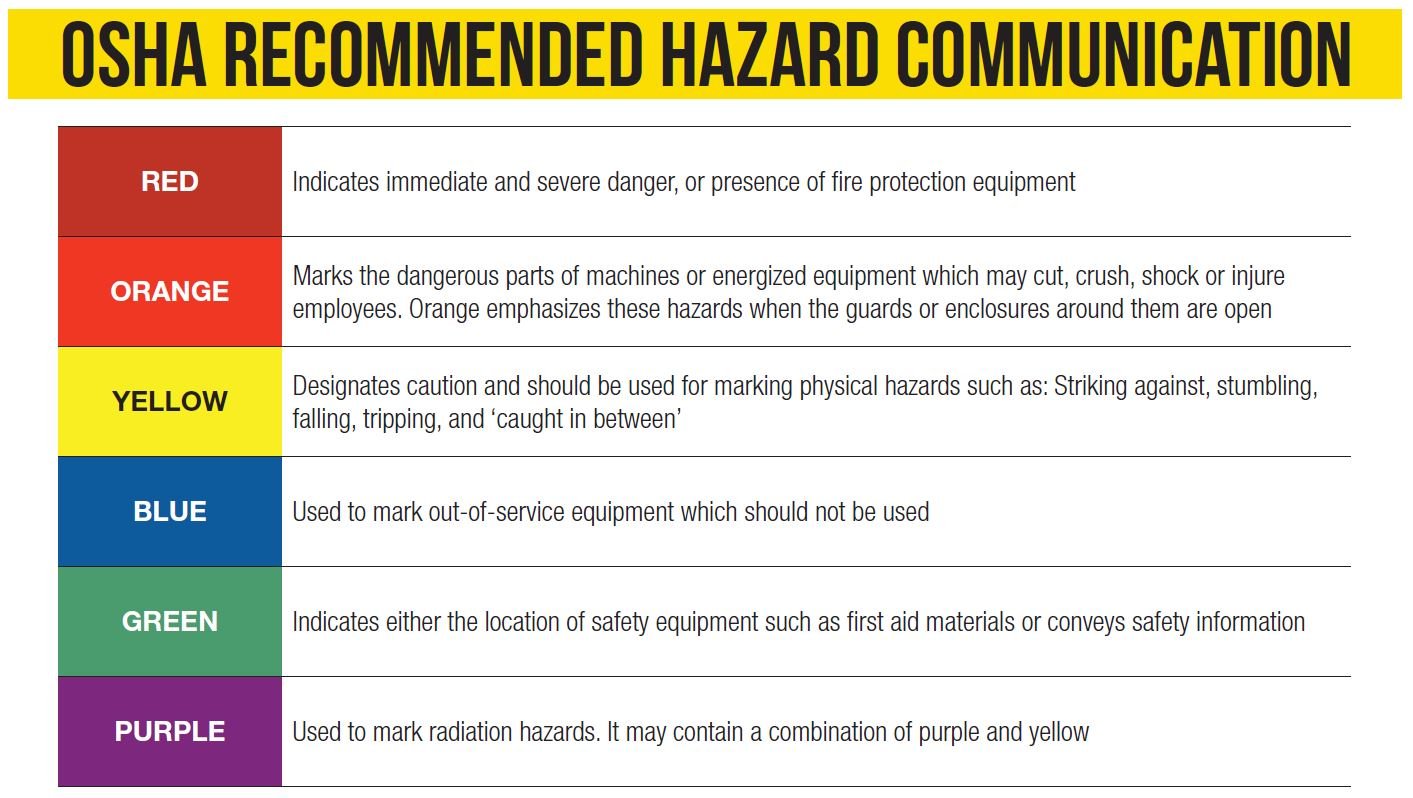

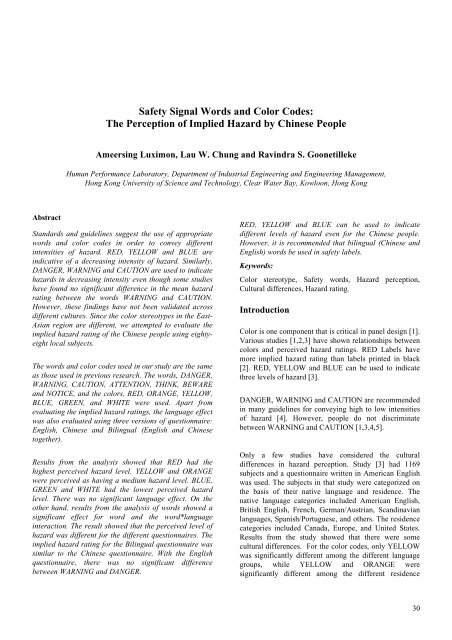



Post a Comment for "40 hazard color codes"